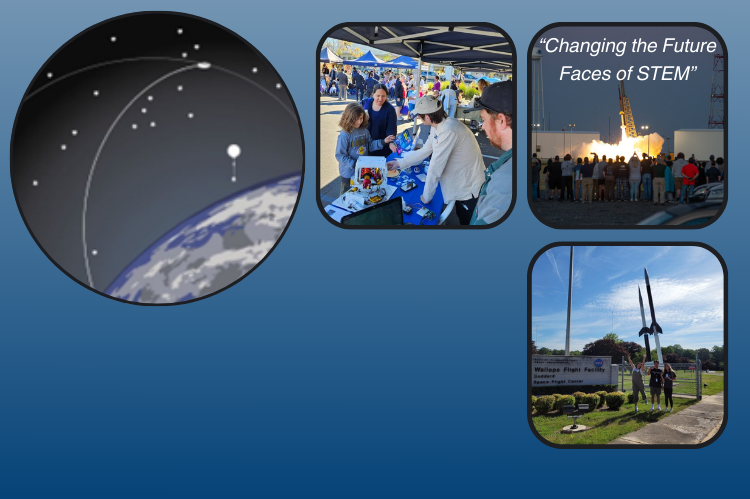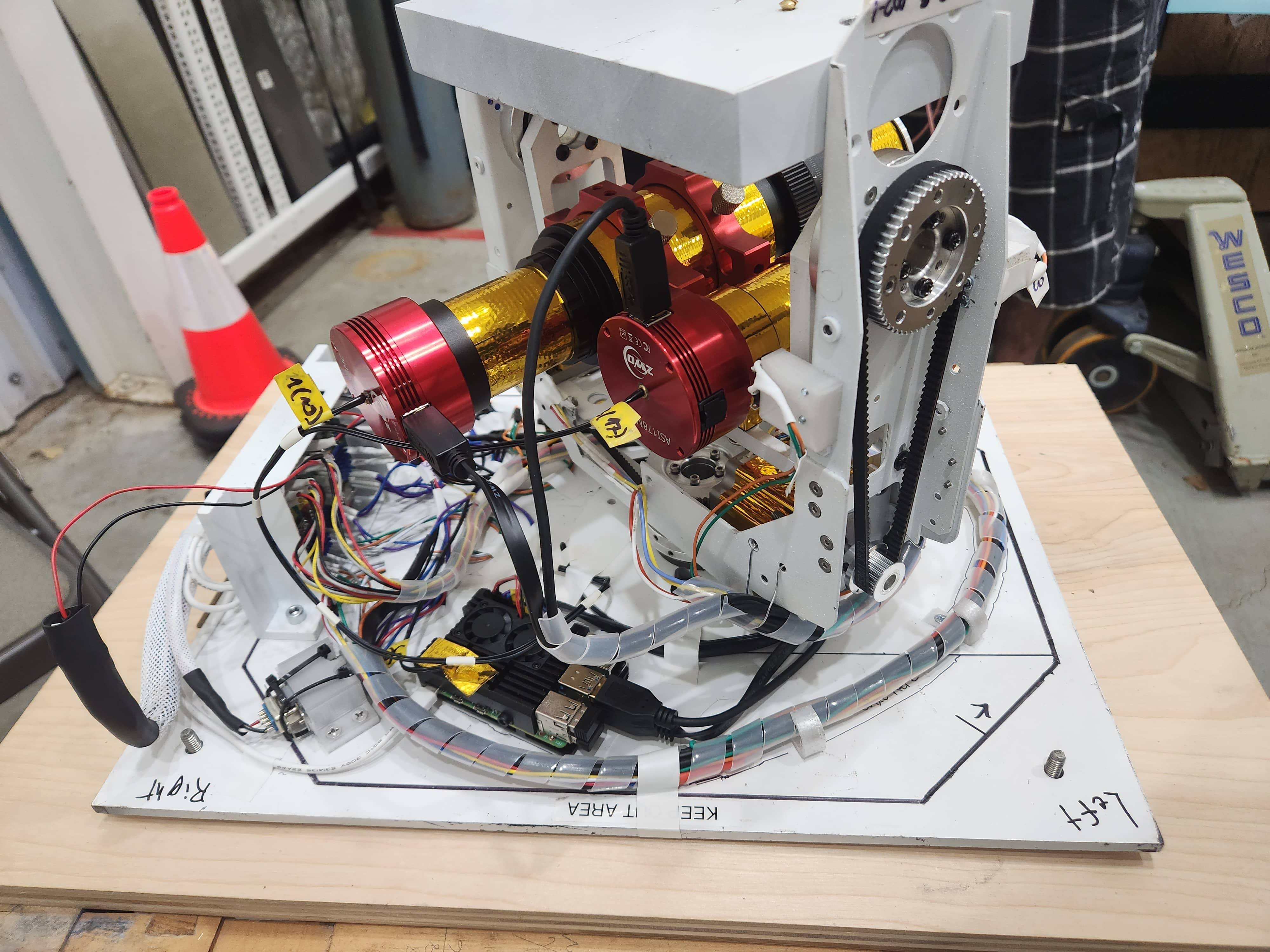NASA HASP (High Altitude Student Platform)
NASA High Altitude Student Platform (HASP) provides educational institutions and STEM field students from around the world with the opportunity to design, fabricate, and launch a scientific payload on a NASA scientific balloon. The program, run through Louisiana State University's Space Consortium (LaSPACE), works closely with NASA and many other space focused institutions, is focused on encouraging students to receive real world experience and develop unique works of aerospace engineering.
The unique challenges of launching equipment on a high altitude balloon pose an engineering design exercise for the student teams and their unique experiment, while offering a stepping stone to more complex projects like RockSatX. Every fall, student teams apply for a spot on NASA HASP, then work through the winter and spring for a summer launch date from the Columbia Scientific Balloon Facility base in Fort Sumner, New Mexico.
Current Project - SpectraSolis
SpectraSolis is a high-altitude research package based on the Sol Seeker Mk2 architecture that finds, locks on to, and follows the Sun as the balloon moves through the upper atmosphere. SpectraSolis will add two additional instruments to the Sol Seekers Mk2 payload: The first is a spectrograph, which will use a diffraction grating and astronomy camera to capture the Sun's spectrum. The second instrument is a coronagraph, enabling us to image the Sun's corona. A circle of phototransistors, which acts as a circular gnomon, orients the telescope to minimize the time spent locating the Sun. SpectraSolis will also test solar panel positioning with a dynamic and static solar panel.
Student Leads
Project Manager: Amarinder SinghFor more information about the NASA HASP program at large, visit the NASA HASP Official Webpage

 My Canyons
My Canyons  Canvas
Canvas 

